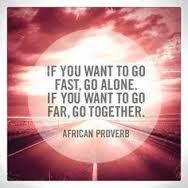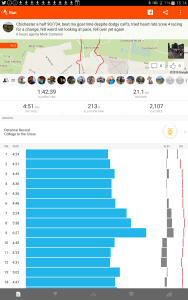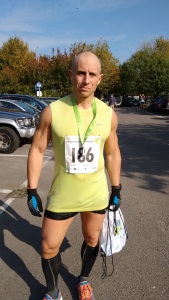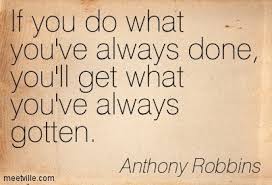Written by Mark Cameron - https://markcameronrunner.wordpress.com
Rather than my usual race report I wanted to do something different with my blog, it still involves a race but from a different angle, linking it into work, I hope you like it as much as I enjoyed the process I will describe.
I work with processes (and people) in my day job, continuous improvement is my role, 2 key things I’ve learnt about processes
- Standardisation may result in a slower process, but also results in a more stable process, to do this you need to set upper and lower control limits and work within them, we are not robots and we rarely have standard inputs, so setting just one limit (a goal) does not work
- Measures can drive the wrong behaviours, productivity measured by speed can mean poor quality
I like to put what I talk about it theory into practice, sometimes at work this is hard as the people can be difficult to convince or pressures make us forget these basics, so this weekend I tried demonstrating these important points in a different way – through my running.
I love this African proverb, I truly believe in it which is why I enjoy long distance runs as I find myself running with others, not against others, but I still find it hard to ignore the word “fast”.
This links back to the title of this blog, measures drive behaviours. I find myself forever checking pace while running, and when i check pace i translate that into fast/slow (almost always just “fast”). As a result of this my splits while running are all over the place, usually the classic positive split (start fast, burn out, finish slow), and over the last 12 months have resulted in quite a few injuries.
I’ve read a lot about the sub-conscious self, I knew I was doing wrong, I was gaining experience however not really improving, but I wasn’t acknowledging this and trying anything new, so recently I’ve decided to end my racing year which started with a bad injury and is in danger of ending similar, a little different.
Determined to move away from speed, I’ve dug out my heart rate monitor, turned off the pace/speed fields on my Garmin watch, and just run within certain heart rate zones. My watch vibrates to tell me if I’m running too fast or slow, so I slow down or speed up, but I am never conscious of the speed. I do know distance and total race time, but that’s it.
This weekend I put this to the test in a race, just a short local race (Chichester Half Marathon), running within the limits of heart rate zone 4 (apart from an uphill section where it went up, then the downhill I had to slow down to keep it low), not having a clue of my speed, and the result was, pretty much a perfect negative split, fresh enough at the end to sprint the final half kilometer, and a finishing time that was better than my lowest goal time.
So I ran within limits, I slowed down, but I improved my process (the race) – the theory worked for me, a super end to a very up and down year. Maybe I need to demonstrate this a few more times before I can convince others (in and out of work) to try similar, not just to target performance within limits, but also to challenge current measures, behaviors, and thinking.







